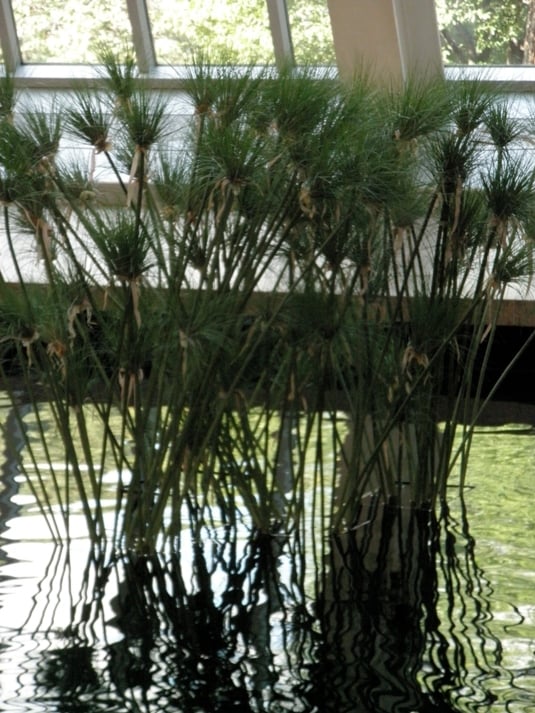
October 27, 2010
Places that Work: A Room at the Met
Places succeed when they support people’s activities. An office works when employees can collaborate and concentrate, whenever they need to do so. A concert hall performs well when the whole audience can see and hear. Such places are designed to support people who use them, psychologically and physically. They are honest expressions of need and […]
Places succeed when they support people’s activities. An office works when employees can collaborate and concentrate, whenever they need to do so. A concert hall performs well when the whole audience can see and hear. Such places are designed to support people who use them, psychologically and physically. They are honest expressions of need and intentions.
One such supportive space is at the Metropolitan Museum of Art, in the Sackler Wing, where I like to visit when I’m in Manhattan. Here the Temple of Dendur resides. Those milling about on its outskirts observe this ancient structure’s material and design. They also get a glimpse into the physical and cultural environment in which it was originally located, as well as the social hierarchies that built it, the craftsmen who made it, and the Egyptians’ relationship to their gods. In this room we begin to understand what it meant to live in the Middle East many centuries ago. Clearly this place encourages exploration and contemplation. It’s a supportive space.
Kevin Roche and John Dinkeloo designed the Sackler Wing where the temple was installed in 1978. The architects developed the space to indicate what it might have been like to visit it Nubia. A long, narrow pool of water calls to mind the Nile while a sloping wall is reminiscent of the cliffs that originally formed the back-drop for the scared space. Clearly, the temple is a focal point in this open, sunlit room, just as it was in its original location. The massive window wall makes you aware of the weather conditions outside, just as the intense Nubian sun would have drawn the attention of visitors in those long-ago days.
In addition to creating a feeling of wonder and connectivity, this room is designed to enlighten. It puts the temple in its historic context with the aid of many documents displayed around it. While these exhibits, themselves, are interesting it’s the design of the room that makes them accessible to all who come. The position of the doors and walkways make you want to amble throughout the entire place, which I love to do.
The views of Central Park and the acoustics make Roche Dinkeloo’s room a social gathering place, where visitors are often treated to chamber concerts, a modern version of priests chanting in ancient times. The clarity of their design makes the Temple of Dendur room a place to retreat from the bustling city while experiencing the continuum of human knowledge and creativity.
Sally Augustin, PhD, is a principal at Design with Science . She is also the editor of Research Design Connections and the author of Place Advantage: Applied Psychology for Interior Architecture (Wiley, 2009). She can be reached at [email protected] .
Last week, Sally Augustin wrote about Palmer House Hotel’s lobby.






